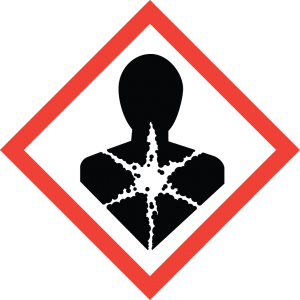Overview
Properly handling hazardous chemical waste is important to environmental and occupational health. The following waste categories are designated as hazardous:
- Toxic
- Flammable
- Oxidizers
- Corrosive
- Reactive
- Persistant
- Carcinogenic
You must label your waste with a hazardous waste label and pickup is scheduled through UW EH&S.
*NOTE* As of November 2019, UW EH&S has updated the Hazardous Waste labels to comply with EPA's Hazardous Waste Generator Improvements Rule. Please ensure that you are using the NEW labels.
Remember to only combine compatible wastes and use suitable waste containers. If you are not sure about the compatibility of two wastes, keep them separate!
Toxic
Toxic waste at the University of Washington is classified as having an Equivalent Concentration ≥ 0.001%. The equivalent concentration is calculated based on the toxicity category of each of a solution's individual components. To determine this, you must consult the safety data sheets of each toxic component.
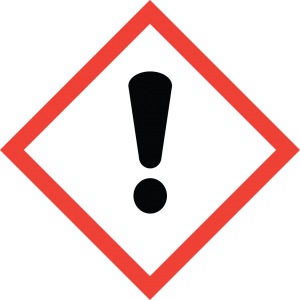
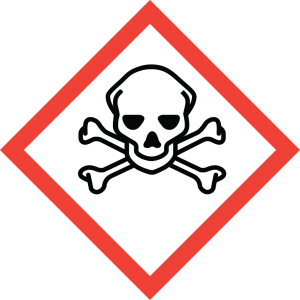
Flammable
Flammable wastes are those that have a flashpoint <60°C. When flammable components are in solution utilize available flash point curves to determine flammability.
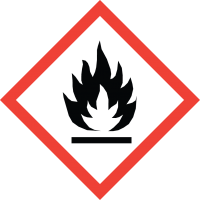
Oxidizers
For the purpose of hazard labelling, oxidizers are chemicals that can cause or contribute to the combustion of another material.

Corrosive
Corrosive wastes are those with a pH <5.5 or >12 or others that are inherently corrosive. Acidic and basic non-toxic solutions can be treated and disposed of down the sink if you have proper authorization from UW EH&S.
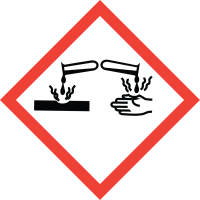
Reactive
Consult a chemical's safety data sheet to determine reactivity and any incompatible conditions.
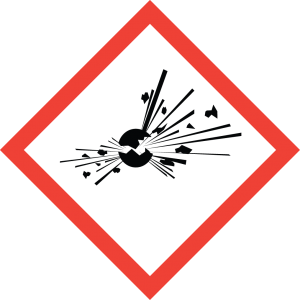
Persistent
These are wastes that are not readily degraded in the environment and include solutions containing Halogenated Organic Compounds (HOCs) >0.01% or Polycyclic Aromatic Hydrocarbons (PAHs) >1%.
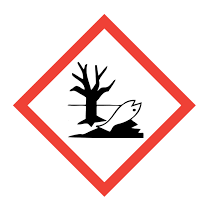
Carcinogenic and Chronic Health Hazards
Where data is available, known, probable, or suspected carcinogens should be handled as hazardous waste. For wastes with chronic health hazards, consult an EH&S specialist for disposal recommendations.
